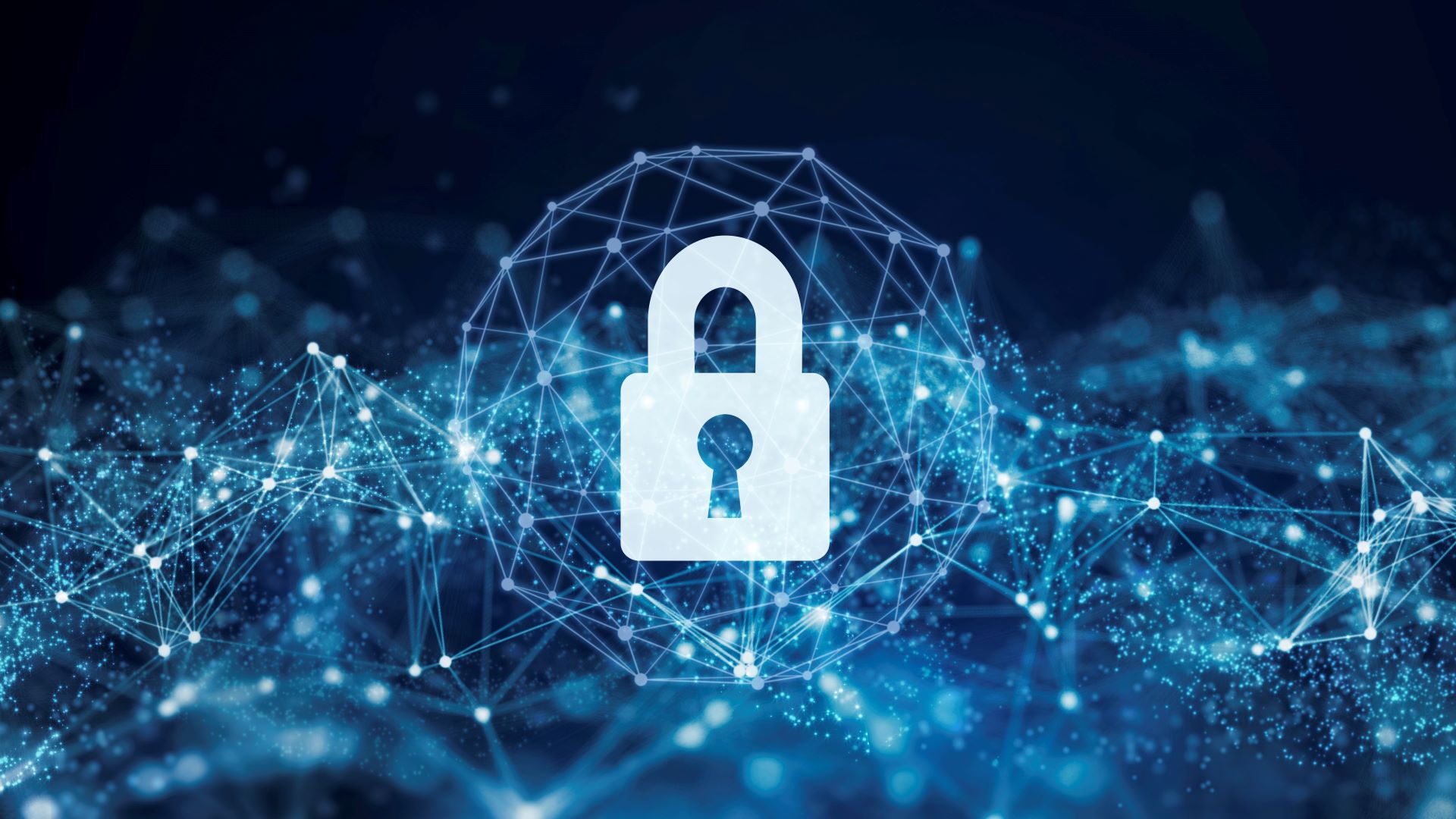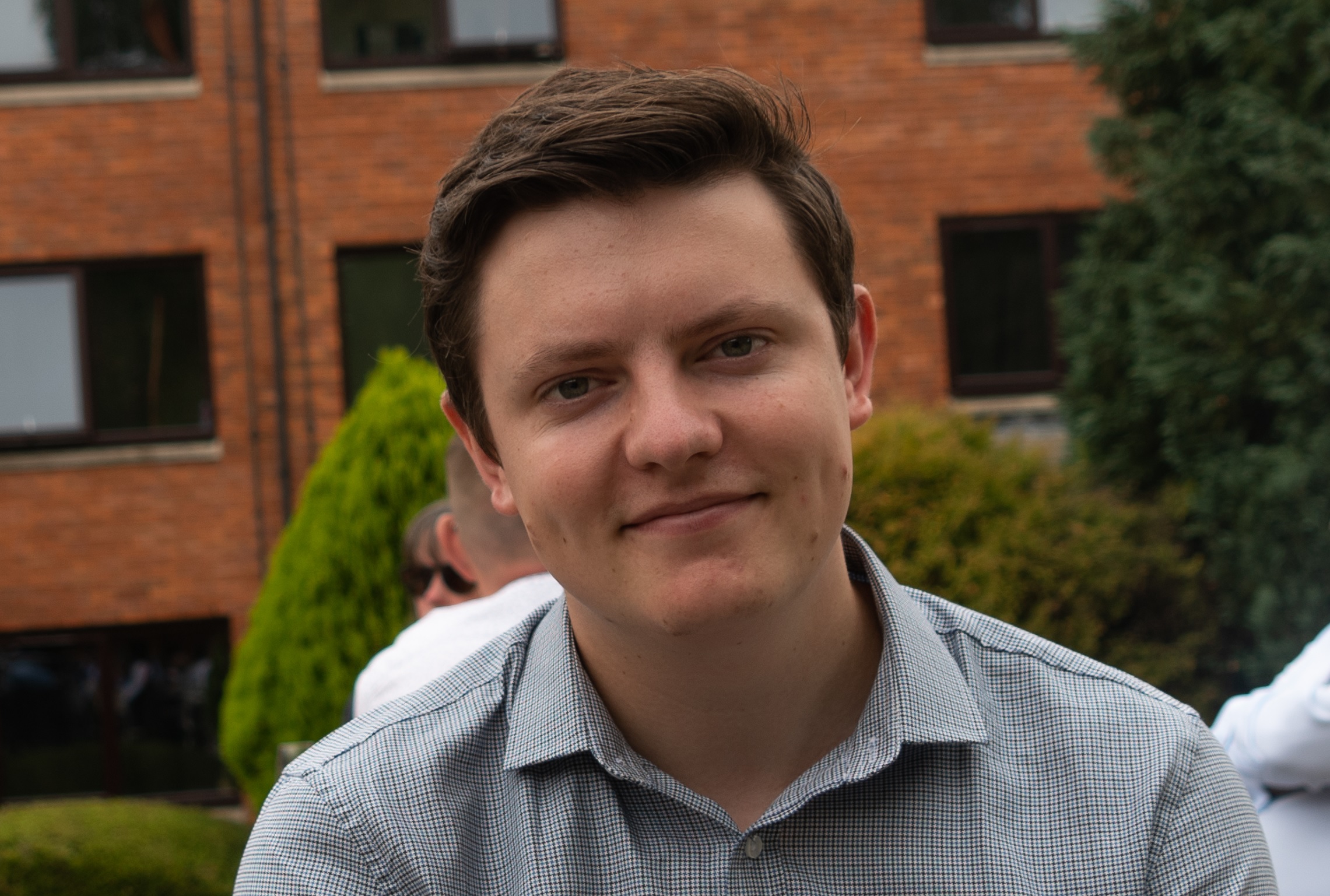“If we want our data to remain confidential, we have to act now”: Quantum computing can crack all our encryption, and that is everyone’s problem
Quantum computing's ability to crack encryption will cause a world of issues

Quantum computing will soon be a reality, and that's bad news for all of the encryption algorithms the world relies on.What would take a modern supercomputer hundreds of thousands, if not millions of years to crack can be solved by a quantum computer in just days or hours.
What’s more, the day where that's possible, known as Q-Day, could realistically be in the next ten years.
The worst part is that because we know this day is coming, anything that is not encrypted to a quantum standard is already at risk. It doesn’t matter if you use the strongest public key cryptography you can get your hands on - if it is stolen now, it's going to be cracked.
It's time to think about quantum cryptography
Taking two small numbers and multiplying them is fairly easy, as is trying to work out the prime factors from their sum, but the bigger the numbers get, the harder this is. This is how Michael Osborne, CTO for IBM Quantum Safe and Security Research, explained the basis of our encryption algorithms today at a recent event held at IBM Research Zurich.
The encryption software we use today works by having such a large number that finding the two prime factors used is very difficult, and near impossible with current technology. Up until the development of quantum computers, this has been a fairly reliable method for keeping our data safe in storage or while it makes its journey across the internet to customers and users. And while quantum computing will be a technology that rivals the revolutionary nature of AI, its ability to find the prime factors of an integer will cut through encryption like a hot knife through binary.
While this may seem like an inflammatory statement, it will soon be a reality - and it seems that organizations are not waking up to this fact. The European Union has introduced the Cyber Resilience Act (CRA), and the Digital Operational Resilience Act (DORA) which will not only require EU entities to maintain a set standard of security, but also companies that interact with or handle the data of companies within the EU. This effectively makes these regulations global, with organizations needing to be DORA compliant by 2025, and CRA compliant by 2027, or face huge fines and restrictions.
This is now the critical time to become quantum safe, Osborne says, as quantum computers will likely become a danger to current encryption methods between 2030 and 2040, meaning we have around 5 years to scrap the encryption the world relies on, and change to one that is resistant to quantum decryption.
Are you a pro? Subscribe to our newsletter
Sign up to the TechRadar Pro newsletter to get all the top news, opinion, features and guidance your business needs to succeed!
To this end, IBM has contributed heavily towards the development of post-quantum cryptography standards, with the US National Institute of Standards and Technology (NIST) introducing two IBM algorithms as the first standards of this kind - SLH-DSA and FN-DSA.
2025 is the year for change
“If we want our data to remain confidential, we have to act now,” says Dreamlab Technologies founder and CEO, Nicholas Mayencourt, further stating that while we don’t know exactly when Q-Day will be, the entire global supply chain currently relies on vulnerable encryption techniques. Everything, from payments to SIM cards, relies on encryption at some stage of its use, and “we are failing on a global scale to recognize the risk.”
Threat actors seem to be more aware of this than organizations, with the advent of harvest-now-decrypt-later attacks striking businesses in increasing numbers. The basis of the attack is that large amounts of data encrypted using vulnerable algorithms can be stolen now, with the plan of decrypting it once Q-Day arrives and quantum computers are commercially available. But despite quantum-safe encryption being available now the task of switching is monumental.
“Imagine trying to change all the windows in a city with the people still inside the buildings,” is the thought experiment Jaime Gómez García, Head of Quantum Technologies at Santander, offers. The most difficult thing to comprehend, Jaime says, is that we have known these algorithms have been vulnerable for the last 10 years without much being done.
This is especially relevant when considering the true lifespan of some products. For example, a car may be manufactured and expected to run for 10 years before being scrapped, but in many cases it could still be running in 15 to 20 years, by which time the digital signature of the car’s firmware that was built on a safe algorithm at the time, is now vulnerable to being stolen.
Jaime and Nicolas both agree that a lack of information on the threat that quantum computing poses to cryptography is to blame for the lack of migration and change, but regulations such as CRA and DORA are providing momentum.
“We can educate everybody how important cryptography is for the society we live in,” to help push organizations to begin planning for change, Jaime states.
When it comes to starting the work of adopting quantum-safe algorithms, “we have all the ingredients necessary” Nicolas states, adding, “those who embrace the opportunity now will benefit most.”
When asked what needs to be done in 2025 to ensure the transition to quantum safe is successful, Jaime posits that the effort is not one of each organization, but a shared effort by everyone who uses encryption at some point in their daily lives. “Cryptography is not something that is competitive, but collaborative,” Jaime says, further noting that smaller businesses that rely on services provided by enterprises are being put at risk by the lack of movement.
Nicolas echoes Jaime’s sentiments and emphasizes the point about collaboration, suggesting the discussion on quantum-safe encryption needs to be open and accessible to everyone, not just the policymakers and professionals.
You might also like

Benedict has been writing about security issues for over 7 years, first focusing on geopolitics and international relations while at the University of Buckingham. During this time he studied BA Politics with Journalism, for which he received a second-class honours (upper division), then continuing his studies at a postgraduate level, achieving a distinction in MA Security, Intelligence and Diplomacy. Upon joining TechRadar Pro as a Staff Writer, Benedict transitioned his focus towards cybersecurity, exploring state-sponsored threat actors, malware, social engineering, and national security. Benedict is also an expert on B2B security products, including firewalls, antivirus, endpoint security, and password management.